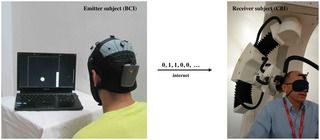Jun 23, 2019
Death: Now, researchers in AI and public policy are trying to make the case that killer robots aren’t just a bad idea in the movies — they’re a bad idea in real life
Posted by Derick Lee in categories: entertainment, ethics, policy, robotics/AI
There are certainly ways to use AI to reduce the collateral damage and harms of war, but fully autonomous weapons would also usher in a host of new moral, technical, and strategic dilemmas, which is why scientists and activists have pushed the United Nations and world governments to consider a preemptive ban. Their hope is that we can keep killer robots in the realm of science fiction.
We have the technology to make robots that kill without oversight. But should we?

















